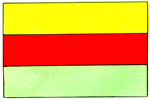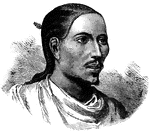Ethiopia
The Ethiopia ClipArt gallery offers 15 illustrations of this ancient country historically known as Abyssinia.
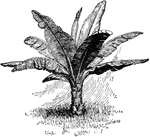
Abyssinian Banana
Abyssinian banana is the common name of musa ensete. The whole plant grows thirty to forty feet tall.…
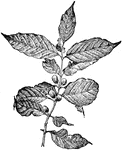
Coffea Arabica
Coffea arabica is a species of coffee indigenous to Ethiopia and Yemen. It is also known as the "coffee…

Coffea Arabica
Coffea Arabica is a species of coffee indigenous to Ethiopia and Yemen. It is also known as the "coffee…

Coffee
Coffee is the berry of a tree found native in Abyssinia. The tree attains a height of 15 to 20 feet,…

Flag of Ethiopia, 2009
Color flag of Ethiopia. Three equal horizontal bands of green (top), yellow, and red, with a yellow…
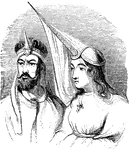
Horns
Horns used as headdresses by (left) an Abyssinian chief and a (right) married woman of the Druses of…
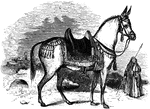
Abyssinian Mule
"The mule is in fact an exceedingly hardy, strong, and useful animals. In all mountain countries, for…
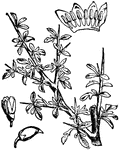
Myrrh
"Myrrh, is the name given to a gum resin which exudes from a shrub growing in Arabia and Abyssinia,…
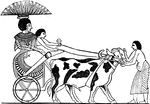
Ethiopian Princess
"An Ethiopian princess on her journey through Upper Egypt to Thebes. The chariot is drawn by oxen, a…
